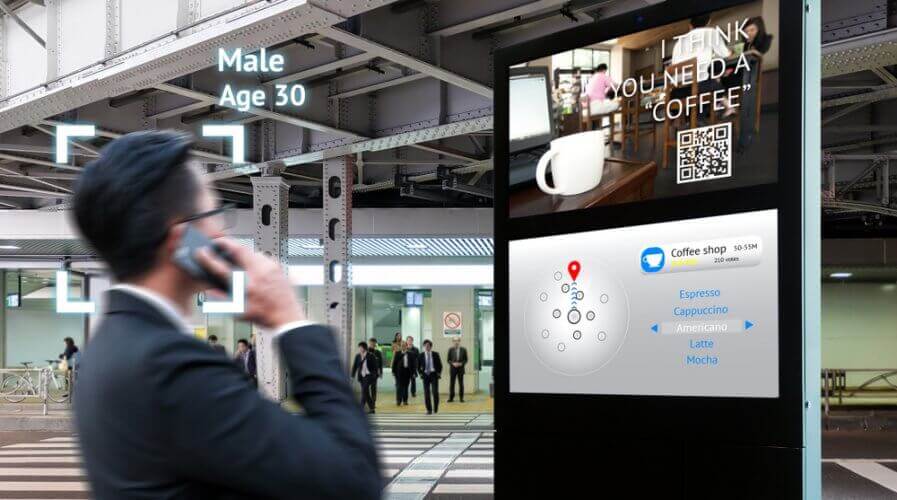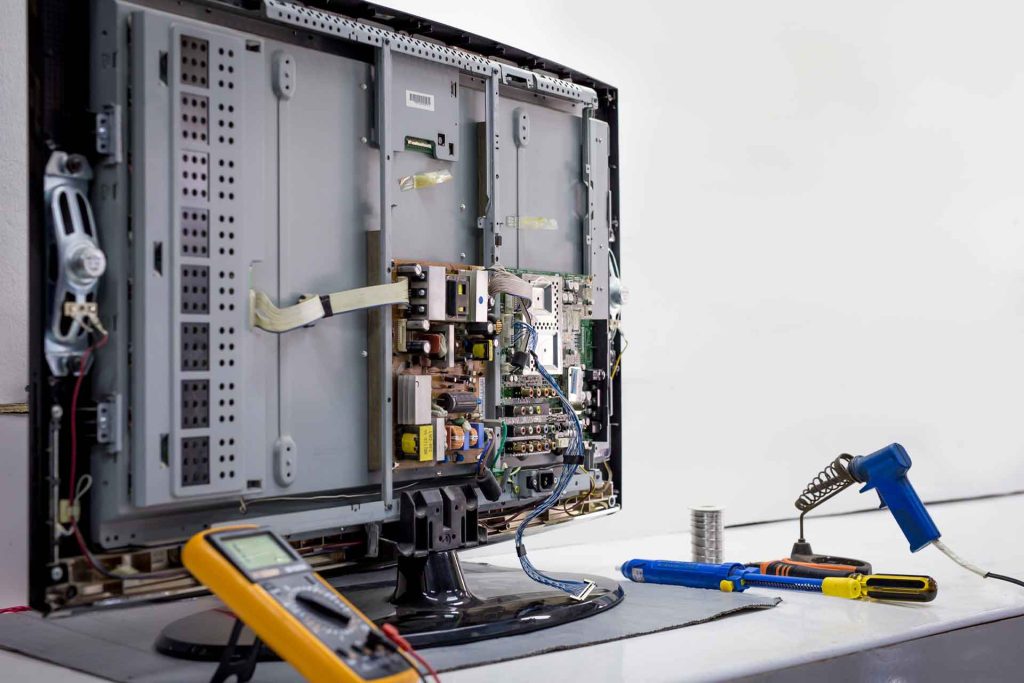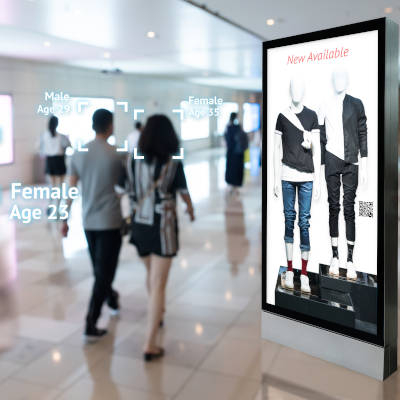UNDERSTANDING DIGITAL SIGNAGE
The evolution of digital advertising has been remarkable, progressing significantly from the inception of the first TV commercial in 1941, which featured a straightforward static image and voiceover for the Bulova Watch Company. Today, the landscape has transformed into a dynamic realm characterized by user engagement, influencer interactions, and advancements in AI-driven audience interactivity. In response to the changing dynamics of consumer attention spans, advertisers are continually exploring innovative and more impactful approaches to promote their products and services. The traditional focus on creating emotional connections through advertising has shifted towards concise and attention-grabbing content that caters to the diminishing time available for capturing audience attention.
Amidst the ongoing evolution of the audience, there has been a notable shift from a time when audiences were willing to invest time in reading and developing emotional connections with product or service names. In the contemporary landscape, this decision-making process has undergone a transformation, largely influenced by influencers and similar entities. Unfortunately, this shift often occurs without due consideration for the quality of products or the purchasing capacities of the audience, indicating a departure from the previous emphasis on informed and deliberate decision-making.
These developments necessitate a heightened focus on visually and auditorily captivating stimuli. Advertisers find themselves challenged to encapsulate their messages or sales pitches within the constraints of the current human attention span, which stands at a mere 8 seconds. Conventional modes of communication, such as static images and messages, have lost their efficacy in captivating and sustaining audience attention. Instead, concise and dynamic elements, such as brief yet impactful animations and strategically crafted call-to-action keywords, are employed to inundate the Prefrontal Cortex of the audience’s brains. This shift, however, raises concerns about the potential for purchases to be made without the thorough evaluation of products and services.

A white paper on the development of Digital Signage released by Samsung in 2015 has shown that “dynamic displays generate 2-5 times the impressions as static signs” and “adults say that digital signage catches their eye more than billboards, magazines, TV, the Internet or radio.” Link to the Whitepager here.
Another aspect that must be pointed out with Digital Signage systems is the use of the right equipment. Digital Signage screens, as stated in the white paper “the solutions were breaking down every three to five months”, due to the use of non-commercial grade equipment. While the use of consumer grade equipment may be cost effective initially, in the long run these equipment become more expensive in the cost of the equipment replacement and the time required. Commercial grade equipment are built with parts that withstand the prolonged usage of the equipment, such as heat, moisture, dust, screen burn-ins and to a certain degree impact forces. Each of these factors affect the lifespan of the equipment in which manufacturers then apply different warranty terms to each product.
For example, Samsung’s warranty booklet for a consumer grade TV states that:
D. This Warranty does not cover damage caused by:
- using the Samsung product for commercial purposes including
displaying timetables, signage or other static display - exposure to excessive heat, moisture or dampness;
- burned-in images resulting from viewing an image on the display

The term “Digital Signage” originated in 1992 at a UK shopping center where a wall of CRT screens displayed secuirty footage, when a security guard, not knowing what to call it, termed the now iconic “Digital Signage”. Subsequently, the term encapsulated all digital displays utilizing screens and media players. Initially, CRT screens played content using VHS cassette tapes or live feeds (examples of media players) in top-end fashion shops, showing fashion show catwalks.
With the availability of Video-CDs and DVDs, it was now economically viable for retailers to adopted screens and VCD/DVD players in stores. Video technology advancements allowed a single DVD player to show content on multiple screens and matrices of CRT screens to create video walls. Although modern technology has significantly improved video walls, signal splitters, media players, and screens, the fundamental concept remains consistent.
In the late 90s and early 2000s, technological progress in video and audio data compression (MP3, MP4, MP5) led to smaller, more compact media players. While the first Content Management System (CMS) emerged in the late 1980s and early 1990s, it wasn’t until hardware advancements that CMS found application in storefronts. Microsoft PowerPoint could be considered the first CMS software allowing digital content display as a slideshow.
Advancements in Internet speed facilitated the electronic transfer of digital content and further advanced the adoption and usage of digital signage. The introduction of Macromedia Flash marked a significant leap in global web-based digital content distribution. The subsequent major advancement involved Database Management Systems (DBMS) and Web-CMS, shaping it to what many clients see today.
The next advancement in Digital Advertising would be taking a leaf from Tom Cruise’s movie “The Minority Report”, where shoppers are retina scanned, AI identifies each of the shoppers and then proceeds to display advertising campaign based on the preferences and history of the shopper. In fact a number of systems already utilise this AI recognition system. As early as 2018, PCLG (DSS mother company) were tasked to implement and service an AI system in which shoppers age, gender and expressions of interest towards a particular advertisement was recorded. Personal data were not collected in any way or form, but it shows the technological capabilities that can be applied to digital advertising.
Today, most CMSs are cloud-based, integrating editing software to streamline content creation. Expert-designed templates facilitate impactful graphics and videos, empowering clients to create compelling advertising content quickly. Through online signage-CMS, any client can generate captivating advertising content and manage its scheduling within minutes.

Even though the fundamental ideas of digital signage have not changed, media player sending content to be displayed on screens, the technology of displays now allows advertisers to distribute advertising campaigns in a number of environments and in a number of formats. Some of these advancements include (each featured and explained in our range of products):
- Curved screens – screens are capable of wrapping around a column, or around a curved feature wall.
- Bevelled Screens – screens are capable of joining seemlessly at the corner, forming a box and creating even more advertising possibilities.
- Outdoor and Indoor Freestanding screens – screens that allow touch interacativity and is relocatable and can be implemented indoors or outdoors.
- Smaller Sized Shelving Display Screens – screens that break the boundaries of conventional shop shelving, displaying not only pricing but also videos and images to promote the shelved products.
So, where to from here? Give your self the best possible chance of success with your digital signage systems by reading and understanding more about our indoor and outdoor signage solutions. Or contact one of our signage experts on the equipment, installation and usage of digital signage that can be customised to your specific needs.
